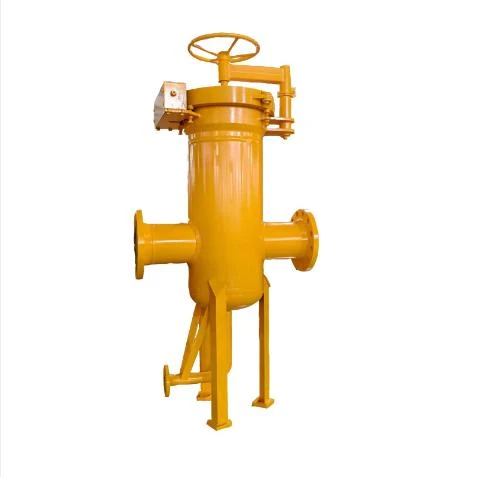
Dec . 18, 2024 03:44
Back to list
صمام التنفيس
The Importance of Relief Valves in Industrial Applications
Relief valves, or pressure relief valves (PRVs), play a crucial role in various industrial applications, ensuring safety and efficiency within systems that manage gases and liquids. As pressure vessels, pipelines, and other operational infrastructures collect fluids, there is an inherent risk of pressure build-up due to thermal expansion, chemical reactions, or even operational malfunctions. In this context, the necessity for effective pressure relief systems cannot be overstated.
Understanding Relief Valves
At its core, a relief valve is a fail-safe device designed to control or limit the pressure within a system. It opens automatically at a predetermined pressure to release excess pressure, thereby preventing potential damage to the system. There are numerous types of relief valves, including spring-loaded, pilot-operated, and deadweight types, each suited for specific applications. Understanding the operating principles and appropriate uses of these valves is essential for maintaining system integrity.
Key Functions and Benefits
.
In addition to their safety functions, relief valves contribute to operational efficiency. By maintaining optimal pressure levels, they help to prevent product loss and equipment wear. For example, in processes involving steam, maintaining the correct pressure is vital for achieving energy efficiency and maximizing output. Effective pressure management allows industries to operate within their designed parameters, ensuring smooth and continuous production.
صمام التنفيس

Choosing the Right Relief Valve
Selecting the appropriate relief valve for a specific application involves several factors, including the type of media (gas or liquid), temperature, pressure requirements, and potential backpressure conditions. For instance, spring-loaded relief valves are commonly used in low- to medium-pressure systems, while pilot-operated valves are more suited for high-pressure applications due to their ability to maintain tighter pressure control.
It is also crucial to consider the valve's set pressure and flow capacity. Underestimating the required relief capacity can lead to potentially hazardous situations, while overestimating it may result in unnecessary costs and reduced efficiency. Thus, comprehensive calculations and evaluations are essential during the selection process.
Maintenance and Inspection
Regular maintenance and inspection of relief valves are vital for ensuring their reliability and longevity. Accumulation of dirt and debris can impede the operation of these devices, leading to malfunction when they are needed most. Routine checks should include testing the valve's functionality, checking for leaks, and ensuring that all components are operating correctly. Additionally, industry standards and regulations often dictate specific maintenance schedules to ensure compliance and safety.
Conclusion
In conclusion, relief valves are indispensable components in industrial processes that handle pressurized fluids. Their primary purpose of safeguarding equipment and personnel from excessive pressure build-up is complemented by their role in ensuring operational efficiency. When choosing and maintaining relief valves, it is essential to consider the specific needs of the application, perform regular inspections, and adhere to safety standards to maximize both safety and performance. As industries continue to evolve, the importance of advanced pressure management solutions will only increase, underscoring the critical nature of relief valves in industrial settings.
Next:
Latest news
-
Safety Valve Spring-Loaded Design Overpressure ProtectionNewsJul.25,2025
-
Precision Voltage Regulator AC5 Accuracy Grade PerformanceNewsJul.25,2025
-
Natural Gas Pressure Regulating Skid Industrial Pipeline ApplicationsNewsJul.25,2025
-
Natural Gas Filter Stainless Steel Mesh Element DesignNewsJul.25,2025
-
Gas Pressure Regulator Valve Direct-Acting Spring-Loaded DesignNewsJul.25,2025
-
Decompression Equipment Multi-Stage Heat Exchange System DesignNewsJul.25,2025

